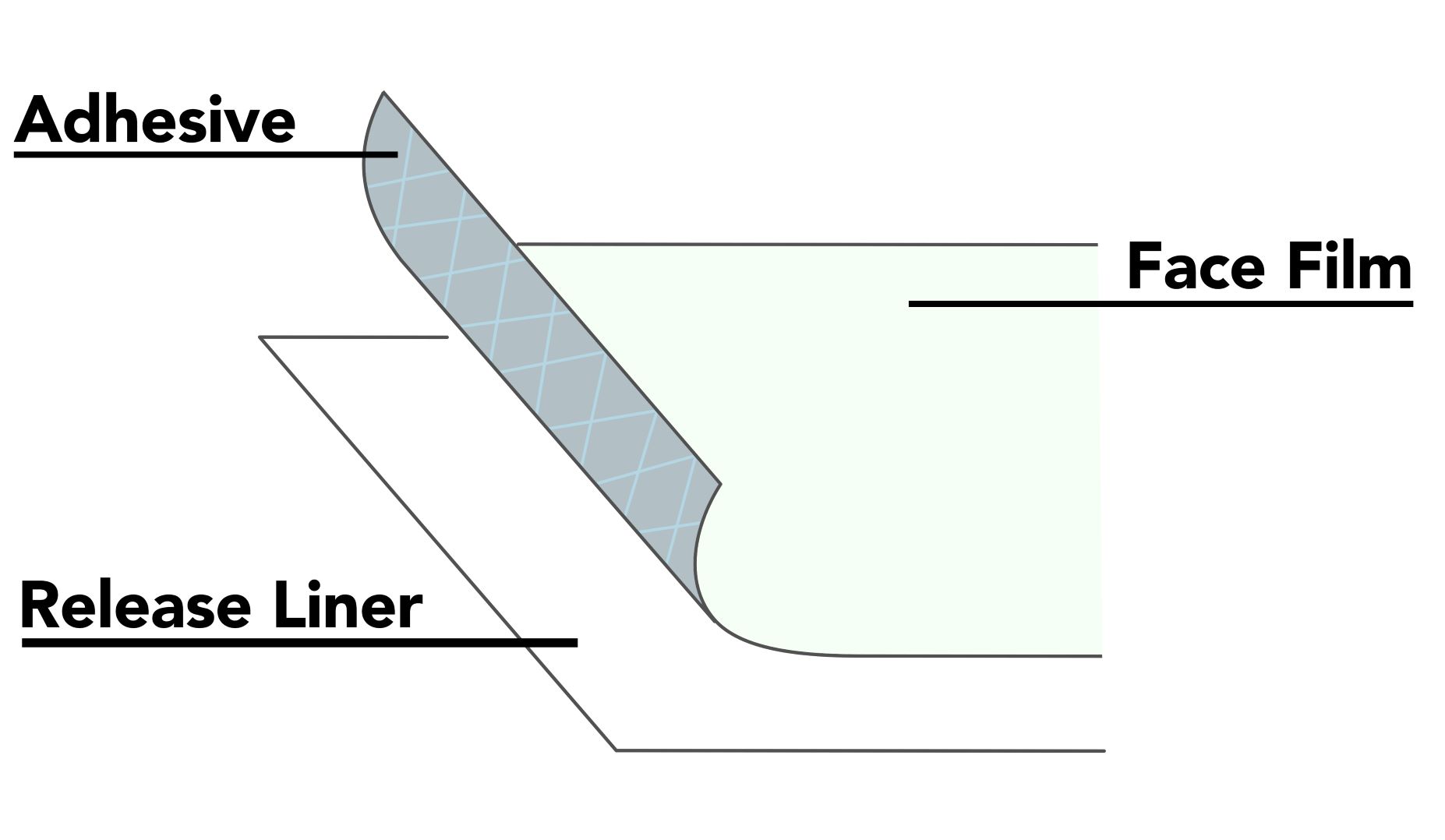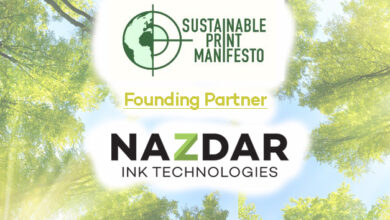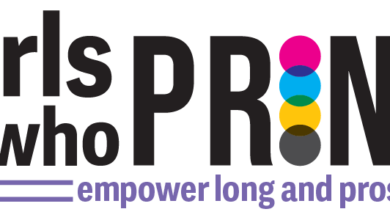When installing self-adhesive graphics, the last thing you probably think about is the remnants you throw away. However, the quality of these remnants—better known as release liners—can make a significant difference to the printing and installation process of a graphic, and the end result.
Release liners are a critical feature of self-adhesive print media. They are an essential component for the delivery of the product and the application performance, but because they’re ultimately disposed of, they are often perceived as being of low value. That couldn’t be further from the truth. By spending just a few more cents on a graphics solution with a high-quality release liner, you can save yourself a lot of hassle, time, and, ultimately, money.

Typically paper-based release liners are usually applied during the manufacturing process of print media, including films made from PVC, polyester, polypropylene, and synthetic paper. Coated on one or both sides with a release agent, they are used to prevent the sticky surface of a substrate from adhering prematurely or to the wrong surface.
There are several aspects of release liners that can affect their compatibility for a job. For example, some printers use extreme heat, which can shock cheaper ones, potentially causing cockling or head strikes. Using a higher-quality PE-coated liner will help the material lie flat during the printing cycle. A thicker release liner is also required to stabilize thin materials during printing. For instance, a 50-micron polyester would typically be too delicate, but the correct release liner enables its use. Also, optically clear materials require an opaque or white liner so machines can see the materials and print on them.
A good liner will also add stability during cutting, especially on integrated printer/cutters, where pinch rollers grip the material. These machines whizz the material around, so the liner has to grip to get precise cut lines.
The weight will also influence installation. A more substantial release liner will help the graphics lay flat to ensure a much easier installation process. Air release liners have added technology to make materials easy to use. Tiny channels enable air to flow and not get trapped between the material and surface, which would otherwise create bubbles. Standard PVC is not porous, so this release paper technology makes graphics materials, particularly those used in vehicle wrapping, more forgiving.
Paper absorbs and disperses moisture from the air, always trying to achieve a balance. This constant change, due to the environment, can cause lay-flat challenges. Moisture-stable release papers overcome this challenge. They are coated on both sides with polyethylene, which inhibits the absorption of moisture and eliminates changes in the paper’s profile. It’s then siliconized on the adhesive receptive side. Silicone, adhesive, and paper chemistries are specially formulated to eliminate tunneling of the media.
For something that is usually considered waste and is thrown away, a lot of technology goes into good-quality release liners. Spending a little more on a better product will prevent printer damage, reduce downtime, and speed up the installation process, making the job easier and cheaper in the long run.




